Hebes Are Usually Short Lived – Prepare A Propagation Schedule For Replacement Shrubs
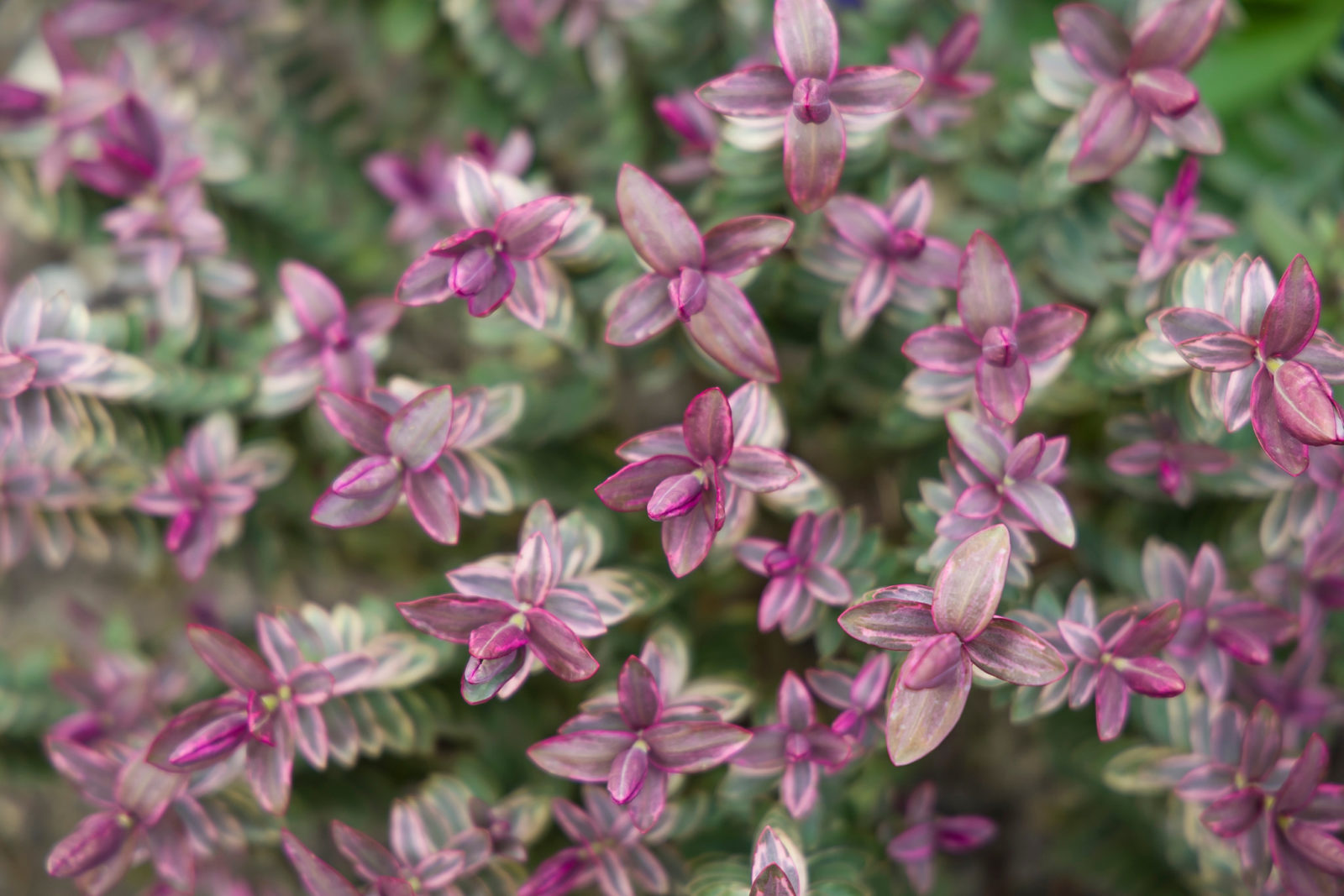

Ed is a horticultural therapist, professional gardener and writer. Ed has a BSc in Occupational Therapy from Coventry University and a Diploma in Social and Therapeutic Horticulture (DipSTH) via Thive, the RHS and Pershore College. Ed runs a community kitchen garden in West Sussex, where he leads horticultural therapy sessions.
Reviewed By COLIN SKELLY

Colin is a Horticulturist and Horticultural Consultant with experience in a range of practical and managerial roles across heritage, commercial and public horticulture. He holds the Royal Horticultural Society’s Master of Horticulture award and has a particular interest in horticultural ecology and naturalistic planting for habitat and climate resilience.
HEBE GUIDES
Hebes are a group of evergreen shrubs that are sun-loving and originate from the Southern hemisphere.
With white, pink or purple flowers that open mainly in summer, some even have ornamental foliage as well.
Hebes are always a popular shrub but sadly are usually short-lived.
“Hebes rarely exceed more than ten years, so make sure that you have a plan to evolve your planting or a propagation schedule to ensure that you have replacement shrubs that are sufficiently large to replant when the time comes,” suggests Horticulturist Colin Skelly.
However, hebes can easily be propagated by taking cuttings from healthy specimens in late summer to produce identical new plants, either to replace old stock or to give away.
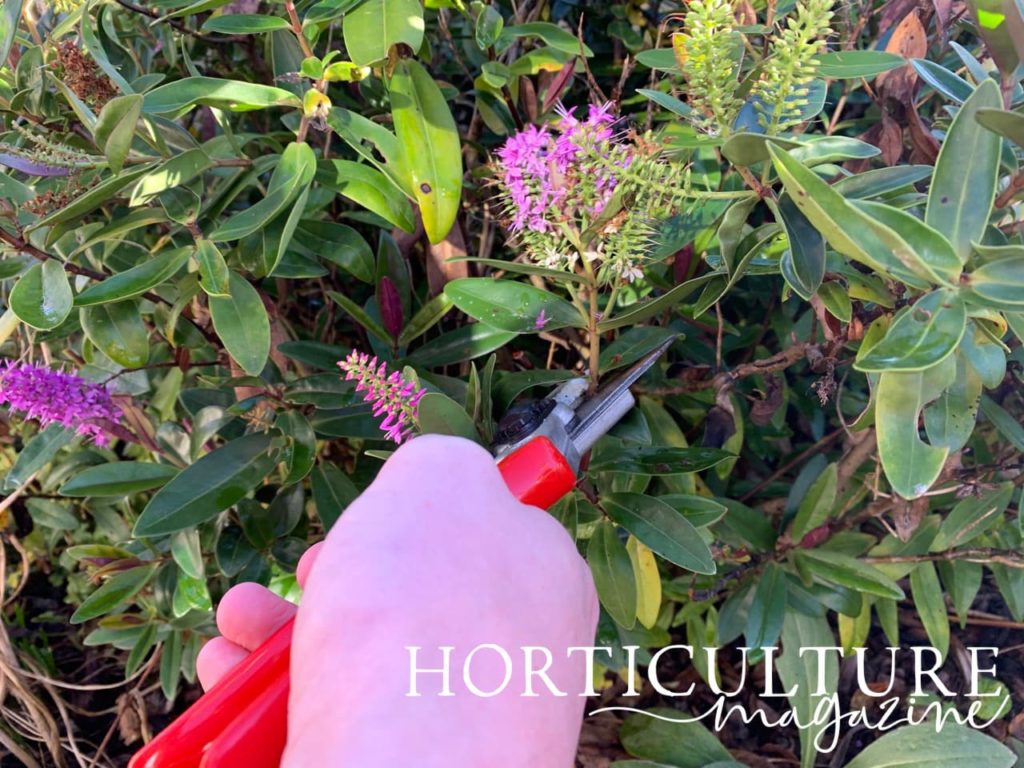
You can propagate hebe shrubs from semi-ripe or softwood cuttings by following these steps:
- Take some cuttings from the shrub.
- Plant up the cuttings.
- Grow the cuttings on, into garden-ready plants.
This process is explained in more depth below.
| Difficulty | Medium |
| Equipment Required | Secateurs, plastic bag, pot, cuttings compost mix |
| When To Take Cuttings | July, August, September |
When To Propagate Hebe
It is best to take hebe cuttings from healthy and vigorous plants in late summer.
Here in the United Kingdom, the ideal time to take hebe cuttings is from July until September.
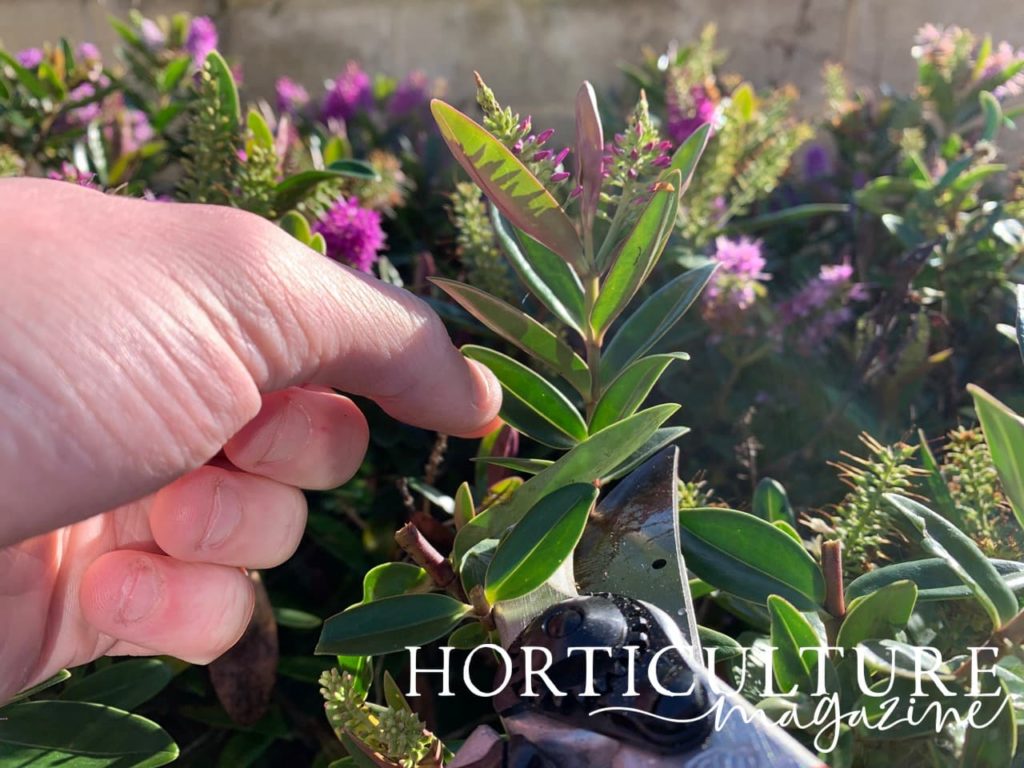
If the soil is dry, it is recommended to water the plant thoroughly the day before taking cuttings to hydrate it fully, which will give the cuttings the best chance of taking.
1) Take The Cuttings
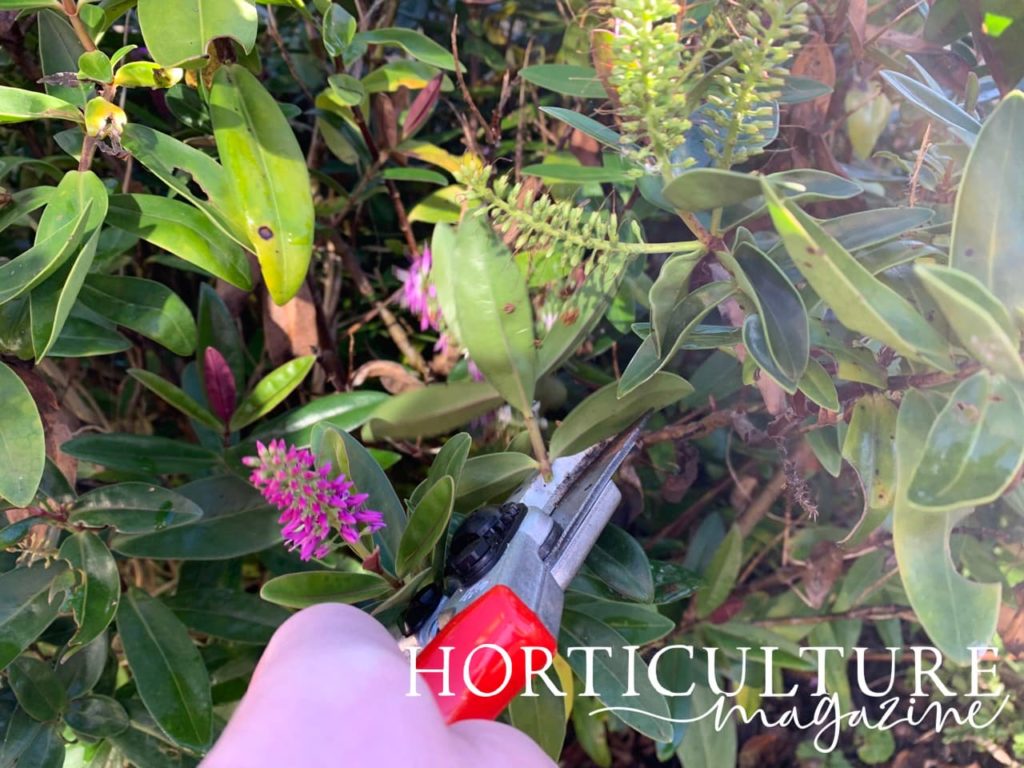
Hebe cuttings are best taken early in the morning, before the midday sun has a chance to dry the shrub’s foliage out.
To select the best cutting material, choose a healthy and strong parent plant that is free from any disease or pests and is not too leggy.
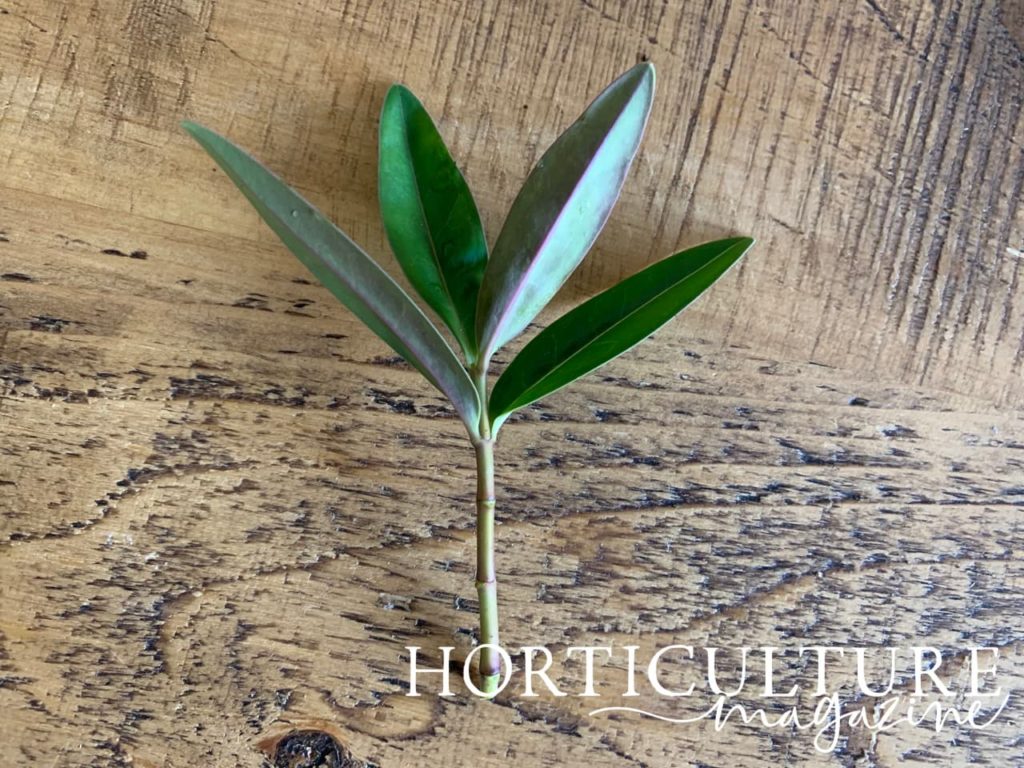
Using a clean and sharp pair of secateurs, remove some (ideally non-flowering) shoots of new growth approximately 10-15cm in length and immediately place them in a plastic bag to reduce the chance of them drying out.
2) Plant Them Up
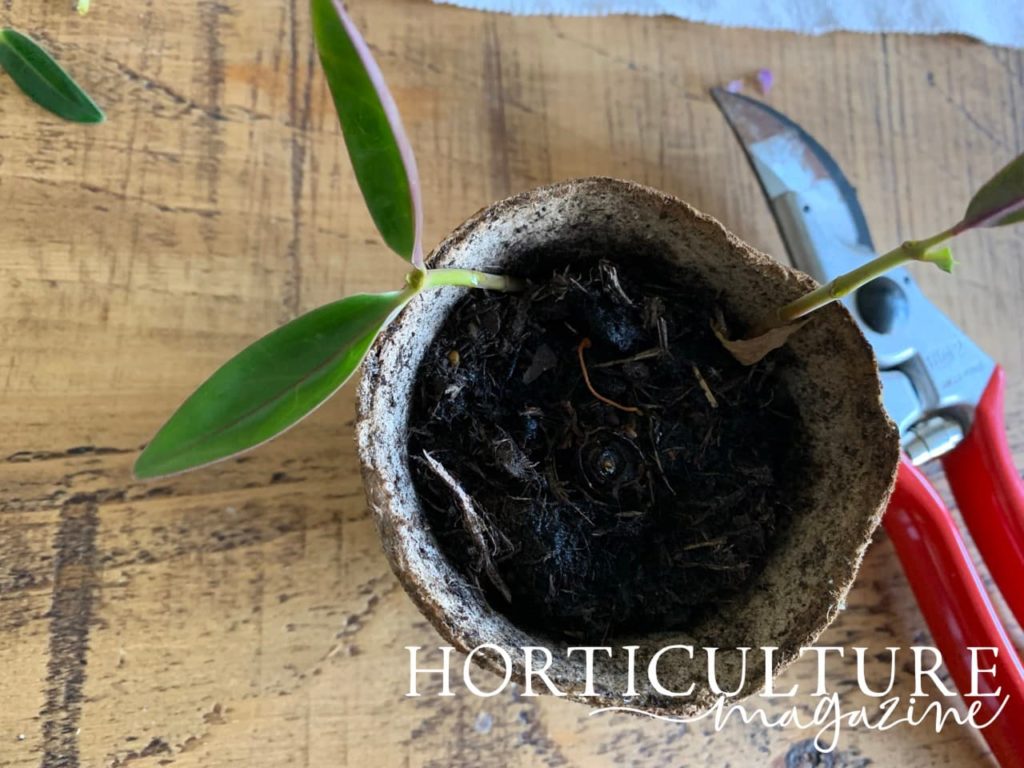
Once ready to pot up the freshly removed shoots, make a small cut at the base of each cutting, just below a node of leaf and remove the growing tip and all but the highest 3-4 leaves.
Fill a pot with a free-draining compost mix or blend of peat-free multi-purpose compost with added grit – and insert the cuttings around the edge of the pot so their leaves are just above the soil.
Water the cuttings and place the pot in an unheated greenhouse or cold frame, in indirect light and cover with a clear plastic bag.
Keep the soil moist, but not wet and periodically remove the covering bag to lower the moisture levels.
Check the cutting’s progress regularly and if any cuttings appear to die or rot, remove them swiftly.
3) Grow The Cuttings On
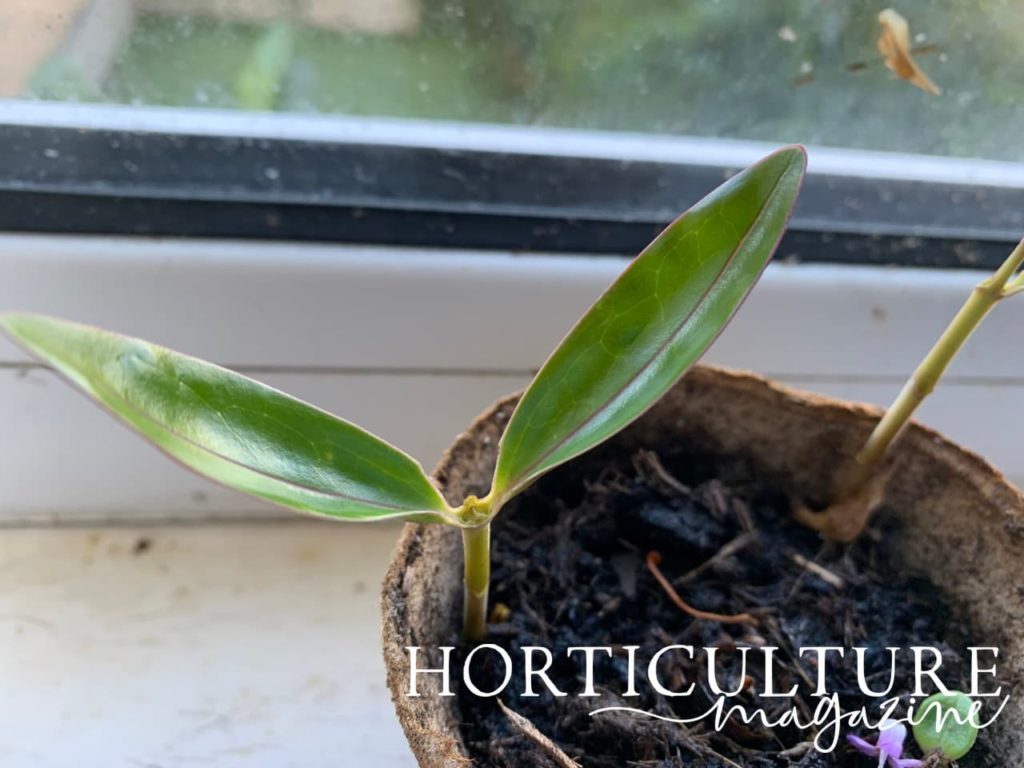
Once the cuttings have taken and developed new roots, which may take a few weeks, they are ready to be potted on individually.
Carefully separate the cuttings and their roots and pot on separately into 9cm pots using peat-free multi-purpose compost.
Plant the cuttings at the same depth they were previously planted at and grow them undercover over the winter months.
The soil mustn’t be allowed to dry out, but it is important to avoid overwatering as this can lead to the roots rotting.
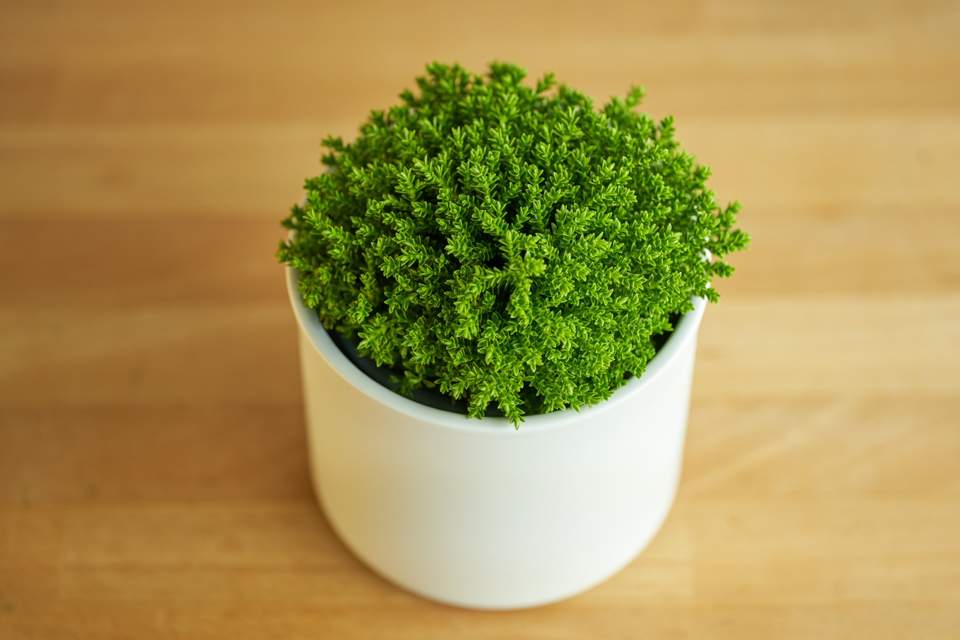
Once the over-wintered hebes have outgrown their pots, they can be potted on into larger pots or planted out later in the year once large enough, but only once all risk of frost has passed and when they have been gradually hardened off first.
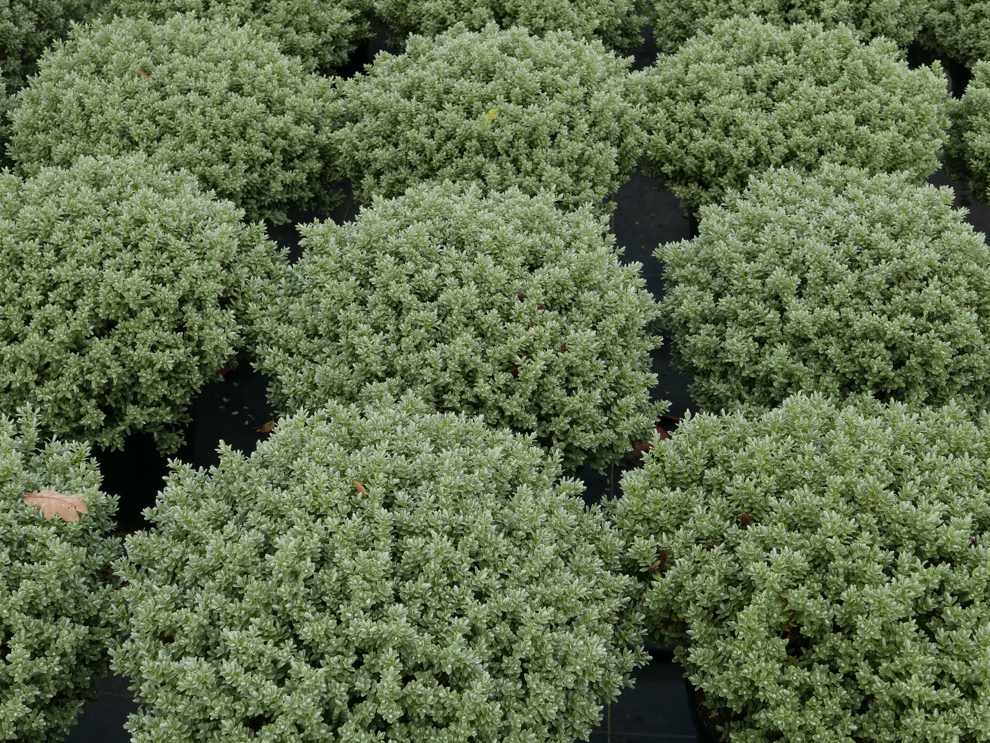
The young hebes are best planted out in full sun and in well-drained soil and may even flower later in the year.
